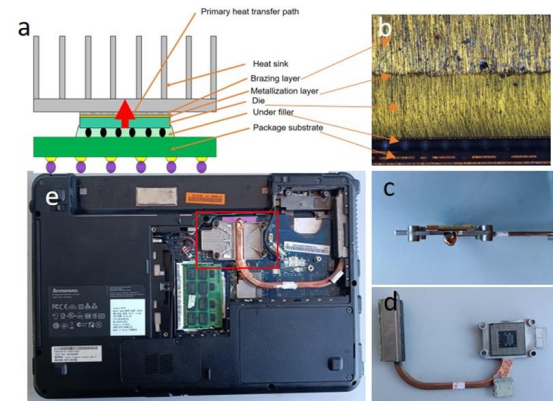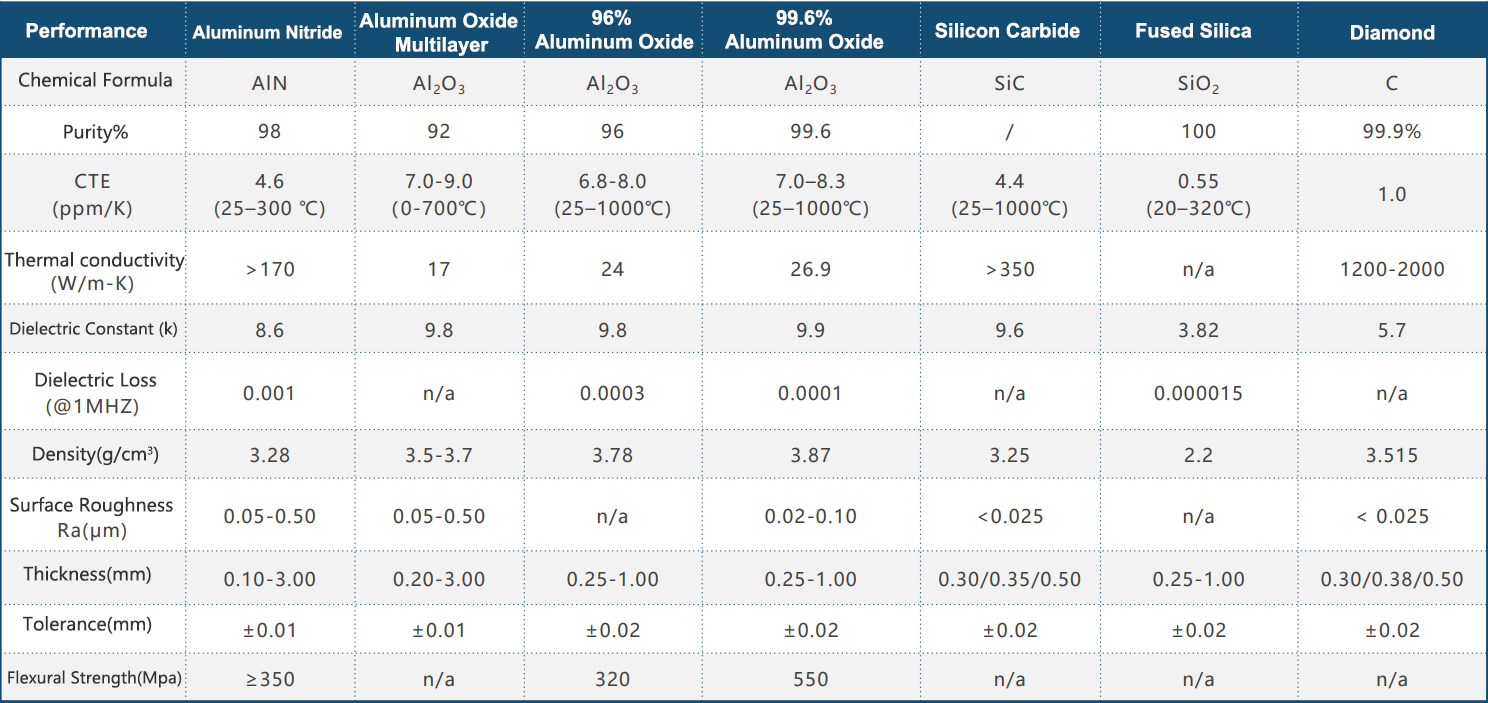With the rapid development of electronic products, there is an increasing demand for CPU functionality and reduced size. The IC functions used in relative products are also becoming stronger, the computing speed is getting faster, but the size is getting smaller. The entire trend of evolution is advancing at an astonishing speed, and a major factor that can hinder this trend is "heat". If the heat dissipation problem is not solved, it will cause the IC to overheat and affect the reliability of the product, resulting in reduced lifespan or even damage. Therefore, how to maintain normal temperature operation without damaging the CPU is an urgent issue that needs to be addressed in terms of CPU processing performance.

CPU heat dissipation diagram and its internal welding structure
At present, the CPU processing performance mainly considers three aspects:
• Reduce thermal resistance and achieve efficient heat dissipation
• Low temperature metalization, welding to prevent CPU burning
• Thermal mismatch issue
The requirements for heat dissipation materials are: high electrical resistivity, high thermal conductivity, low dielectric constant, dielectric loss, good thermal compatibility with silicon and gallium arsenide, high surface smoothness, good mechanical properties, and easy industrial production.
Common heat dissipation materials include Al2O3 ceramics, SiC ceramics, and AlN materials. However, the thermal expansion coefficient (7.2 × 10-6/℃) and dielectric constant (9.7) of Al2O3 are relatively high compared to Si single crystals, and the thermal conductivity (15-35W/(m · K)) is still not high enough, which makes Al2O3 ceramic substrates unsuitable for use in high-frequency and high-power electronic devices; The thermal conductivity of SiC ceramics is high, and the higher the purity of SiC crystals, the greater the thermal conductivity; The biggest drawback of SiC is its high dielectric constant and low dielectric strength, which limits its high-frequency applications and is only suitable for low-density packaging heat dissipation; AlN material has excellent dielectric properties and stable chemical properties, especially its thermal expansion coefficient that matches silicon, making it a promising semiconductor packaging substrate material. However, the current highest thermal conductivity is only 260W/(m · K). With the increasing demand for heat dissipation in CPU development, AlN material also has certain development bottlenecks. Diamond is currently known to have the highest thermal conductivity in nature, with a thermal conductivity of up to 2000 W/(m.K) and a thermal expansion coefficient of approximately 1.1 × 10-6/℃. It is known as the "ultimate semiconductor" in nature.

Comparison between diamond and other heat dissipation materials
CSMH focuses on diamond material production research and is committed to providing customers with the most comprehensive and optimal diamond thermal management solutions. At present, the company has achieved large-scale production of diamond and aluminum nitride related products. The existing diamond wafer Ra<1nm, diamond heat sink thermal conductivity 1000-2000W/m.k, as well as diamond optical windows, diamond based aluminum nitride and other products. Its products have applications in high-power lasers, 5G communication, aerospace, new energy vehicles, radar and other fields.
 闽ICP备2021005558号-1
闽ICP备2021005558号-1Leave A Message